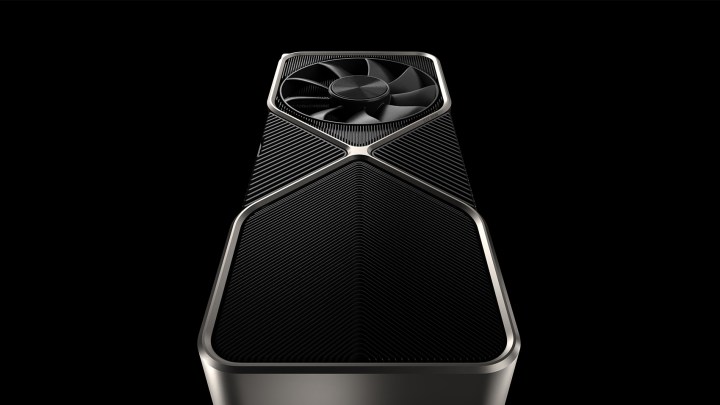As Intel plans to disperse the first batch of Arc Alchemist discrete graphics cards for early 2022, rumors suggest Nvidia is already planning to sabotage it.
Nvidia and AMD have long traded blows with one another on the GPU market. However, Intel is going to be joining the fight in early 2022 with the release of its Arc graphics cards. But as anticipation builds, Nvidia has something up its sleeve to counter them: The release of its new RTX 3050.

This information comes from a tweet by Kopite7Kimi, a known Twitter user who leaked the original RTX 3000 Super lineup in September.
Update that:
GA106-150-Kx-A1
RTX 3050
8G GD6— kopite7kimi (@kopite7kimi) December 2, 2021
It is also worth noting that this latest info, along with the tweet about the RTX 3000 Super lineup, should be taken with skepticism since Nvidia has yet to comment or confirm any of these leaks.
While this may seem like Nvidia has stolen the show, a tweet by the user TUM_APISAK tweeted the following information.
Intel Arc A380 Graphics
2.45GHz 6GB— APISAK (@TUM_APISAK) December 2, 2021
As subliminal as that tweet sounds, the user mentions “Perf 1650s,” which most likely means that the Intel Arc A380 is there to combat the Nvidia GTX 1650 Super, which has 4GB of GDDR6.
The RTX 3050 line isn’t entirely foreign; in October, we took a look at the MSI Summit E16 Flip, which featured an RTX 3050. The most notable difference between this model and the leaked discrete variant is that the mobile version features only 4GB of GDDR6 whereas the latter is rumored to feature 8GB of GDDR6.
We do know for a fact is that Intel is releasing its Arc GPUs in early 2022 and with CES just around the corner, more information is sure to surface. It is also worth mentioning that due to the GPU shortage. these card will likely still be hard to obtain and sold for higher than their retail price even if they are not impressive.
Editors' Recommendations
- Intel may fire the first shots in the next-gen GPU war
- You shouldn’t buy these Nvidia GPUs right now
- Why I’m feeling hopeful about Nvidia’s RTX 50-series GPUs
- Intel claims up to 268% gaming boost with latest Arc graphics drivers
- Here’s how AMD counters Nvidia’s big RTX Super launch




